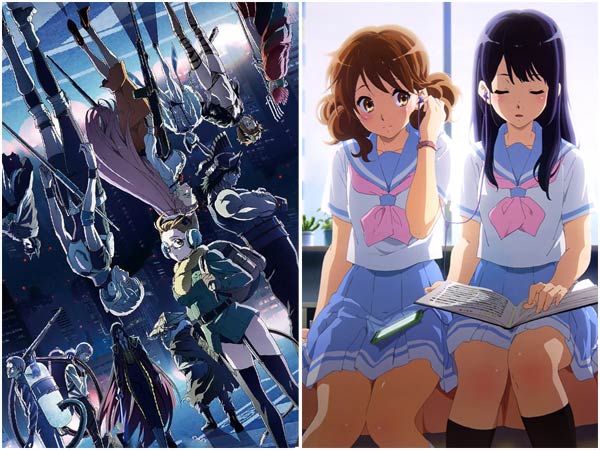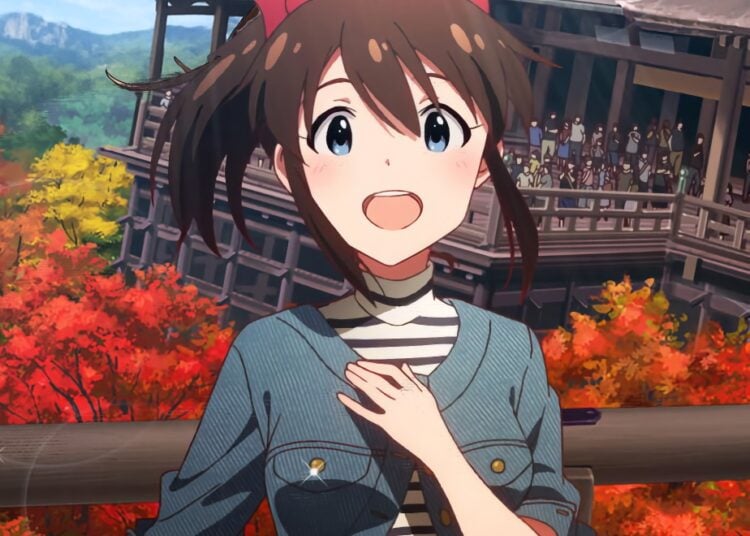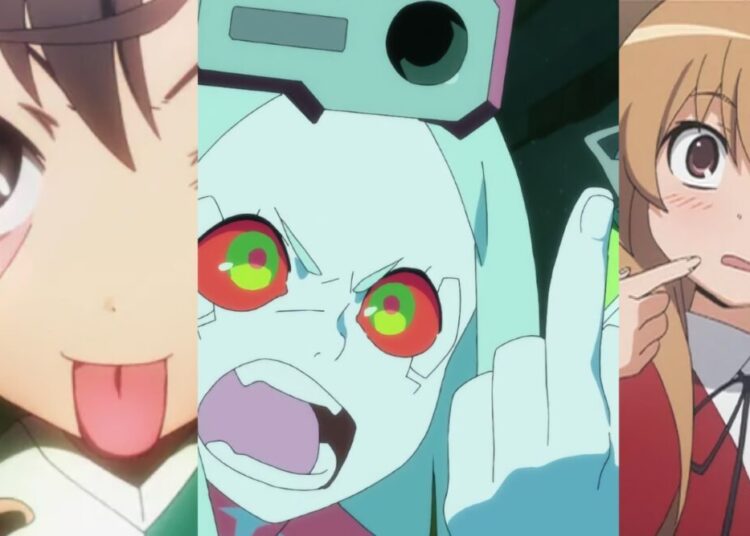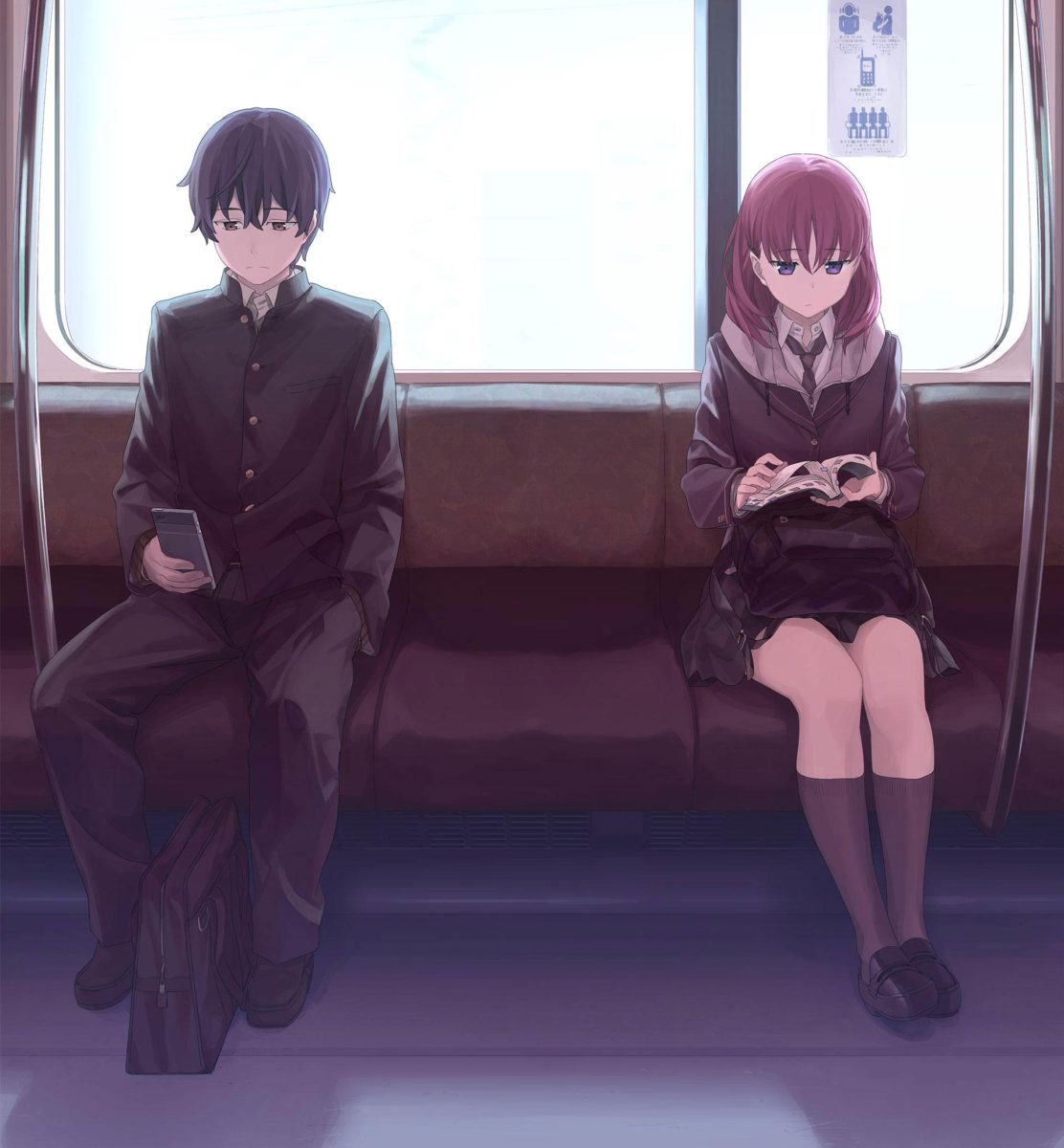Exploring the Role of Drama and Violence in Anime
Hello from J-List. Since tomorrow is 11/11, aka Pocky Day, we’ve got a great 10% off all Japanese snacks sale all weekend long! Browse our Japanese snacks now!
What’s the role of violence in anime? It’s an interesting question I found myself pondering at 3 am. The show I was watching was Juni Taisen: Zodiac War, a well-executed series about a battle royal between twelve combatants who represent the twelve animals of the Chinese zodiac, who are required kill each other and retrieve a poisoned gem that each has swallowed. The characters possess fighting abilities in keeping with the animal they represent, like the cunning Rat or the intelligent Monkey (voiced by Saori Hayami!), and it’s enjoyable to see which twists and turns each encounter will take.
When I asked J-List’s Facebook, Twitter and Instagram followers about violence in anime, the general consensus was that, like a good pantyshot, violence was fine if it added to the overall drama of the story and characters but bad if taken too far. To me, having the freedom to tell a story with violence is part of the attraction of the medium, one of the big reasons I was drawn to anime. I grew up watching re-runs of the classic Johnny Quest, but in the 80s, it became fashionable for parental groups to bash the show as “everything that was wrong with cartoons” because it was filled with danger, guns and awesome explosions. It’s my theory that part of the reason we all embraced anime so fervently was because it had the freedom to tell extremely dramatic stories in which people could die, fall in love, or do anything else that mirrored reality.
That said, it can be hard for society at large to accept that violence in anime or games is no different from violence in novels, movies or television. Currently Japanese otakudom is preparing itself for a wave of negative media coverage after it was revealed that a man who murdered 9 troubled young people in Chiba was a fan of violent anime series…
One of the more unique features of Japan is that it’s one of the most homogenous societies on Earth, with 98.5% of the population identifying as pure Yamato Japanese, the remaining being ethnic Koreans (0.5%), Chinese (0.4%) plus other groups of foreigners like me. The 98.5% number is somewhat misleading — a lot of Japanese have Korean, Ainu, Russian and other blood in their veins but choose to identify as pure Japanese for reasons of social harmony. We had a toy buyer from Kyushu who was so dark in color I thought he was half Samoan, but it was clear that to ask him about it would be breaking some social taboo. Japanese schools are famous for expecting students to follow strict guidelines regarding uniform, skirt length, no pierced earrings, and will sometimes hassle a student that has dyed their hair a lighter color. Yesterday it was reported that a girl with naturally light brown hair was pressured to dye her hair black to “fit in” with the other students, which caused her to lose confidence and drop out, eventually suing her school for damages. This affected me because my own daughter had been questioned about why she had lightened her hair in junior high school, though everything was fine when she explained that she was half American and that was her natural color.
Tomorrow is November 11, a very special day designated as Pocky and Pretz Day by the Glico Company. To help everyone celebrate, J-List is having a great sale on all Japanese snacks on the site, including all Pocky, Pretz, traditional dagashi snacks, Japanese Kit Kat and more. It’s a great excuse to make a big order!

















